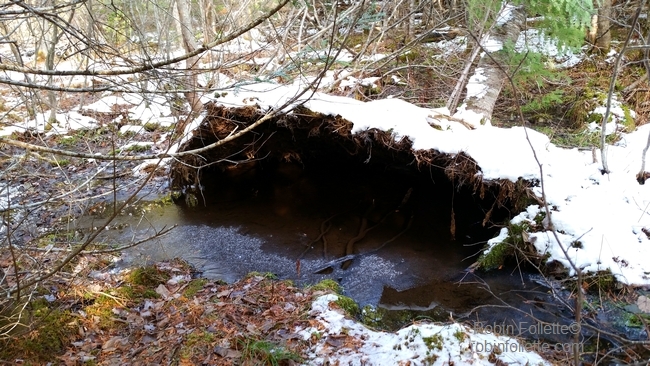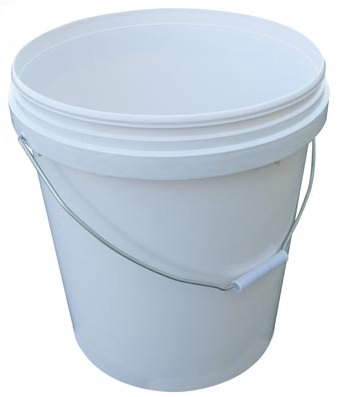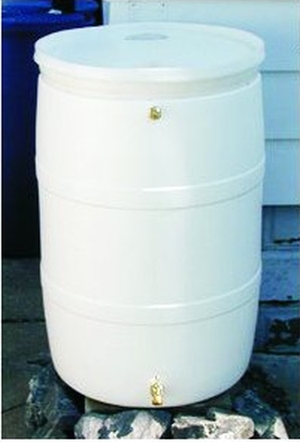Water Supply
If you’re homesteading away from a public water supply you’re probably dependent on an electric water pump or people power. I was shocked the first time we didn’t have water after moving to the country. The idea of electricity and water being tied together had not entered my mind. It wasn’t like that back in the city. We had water no matter what when we lived in the city and small towns. We could flush the toilet no matter what. We might have to suffer through cold water but we could wash up and wash our hair no matter what. It was so easy.
Let’s assume public water and a private well are not options or choices. Wells are a topic in itself. Drilled, pounded, hand dug, lined, blasting – it’s more than I know well enough to talk about intelligently. If you know the topic well enough to write about it we’d love to talk with you!
Our water pump depends upon electricity to work. Sixteen years ago I said we’d install a hand pump “soon” so that we’re never out of water, but it hasn’t been done yet. Our well cap is in the basement (not cellar) so freezing won’t ever be a problem. If we had a pump outdoors it would have to be frost free. Our high daytime temperature later this week (first week of January) is going to be below 0*F and our frost can easily reach four or even six feet deep. If you’re using a frost free pump, also called a hydrant, you’ll need to know how deep to lay the pipe and how to take care of it during especially cold spells.
If your water source is close you can carry water in five gallon buckets. Five gallons of water and the bucket weighs just under 45 pounds. You’ll get your exercise and build muscle at the same time. This is best done in a stream or river that will provide water pressure through a hose, or by using a generator. Dipping water can stir up silt, mud and other impurities from the bottom and edge that you don’t want in your water supply.
A small gas powered generator can be used to pump water from bodies of water. Be sure to check local and state ordinances. It isn’t always legal to pump water from ponds, streams, rivers or lakes. We pipe water from a stream into our camp. The pressure from the running water determines the water pressure inside. We use the generator to pump water into a 50 gallon black barrel on the roof to have solar heated hot water from spring through fall. The water gets very hot from late spring until the end of September and has to be mixed with cold for showers and dishes.
Rain water is a well known and popular method collecting water. It’s illegal in some areas so be sure you can do this before you put your barrels and buckets out. Rain barrels can be connected so that fresh water is collected in the barrel farthest from the spout used to drain water out.
CSGNetwork has a handy water usage calculator that will help you determine how much water you use in a day. You might be surprised and how big a water supply you’ll need, and how much more careful with your water supply you’ll want to be. According to the calculator I use about 70 gallons a day. Wow! That includes one five minute shower, four toilet flushes, five hand washes, hand washing dishes once a day, and a load of laundry a week. The United States Geological Survey estimates 80 to 100 gallons of water per person per day is used in the US. Water can be a lot of work.

Crystal clear water but it’s very shallow.
Natural springs might be an option for your water supply. This natural spring over flowed during torrential rain in early November. The tree took enough soil with its roots to make a small area where the water now collects. The water is crystal clear but hasn’t been tested. Be sure your water supply is safe. Deer, bear and smaller wild animals have been drinking here which also means they might be defecating here or very nearby.
Active, bubbling natural springs often stay open in winter. I have one about 200 yards from my back door that is open even when we have five feet of snow on the ground. It will supply water in a pinch but it would be a lot of work to get it to the house.
You probably have options when it comes to your water supply. It’s not something to take lightly when you’re planning your homestead.







![Black Capped Chickadee, [NeighborWoods], neighborwoods](http://www.homesteadersupply.com/blog/wp-content/uploads/2014/12/black-capped-chickadee.jpg)